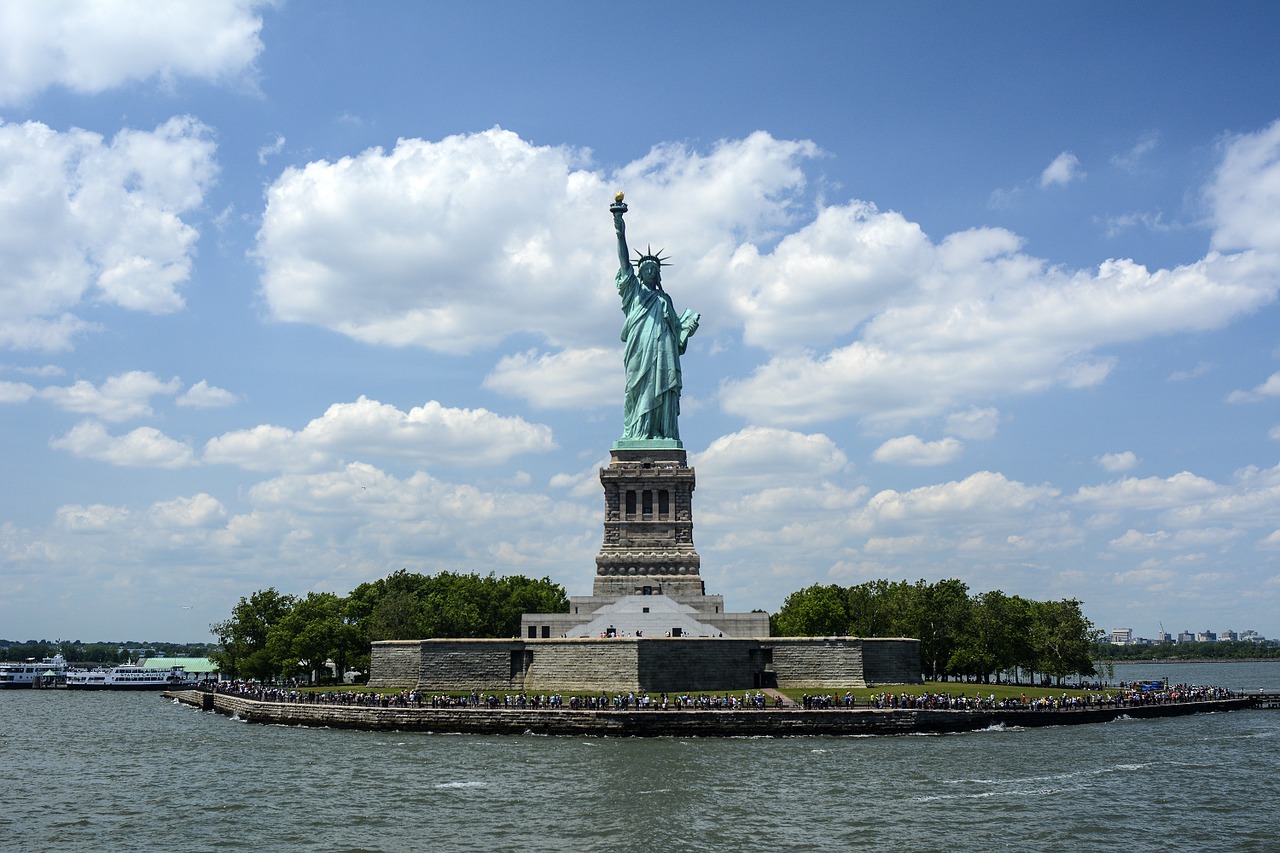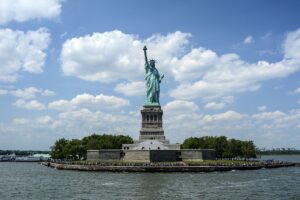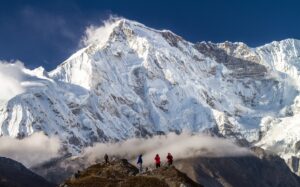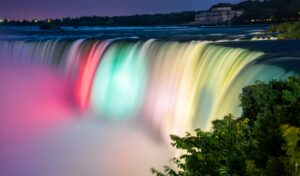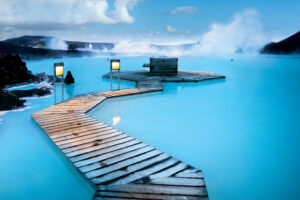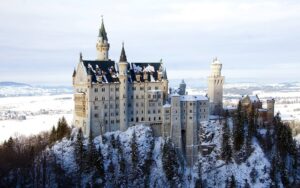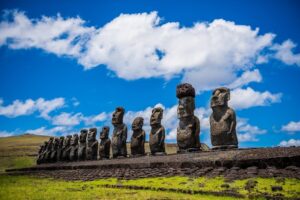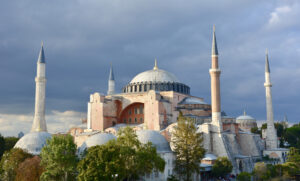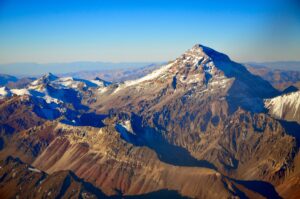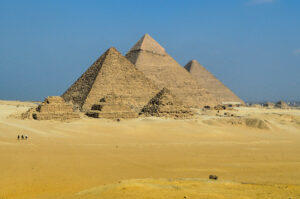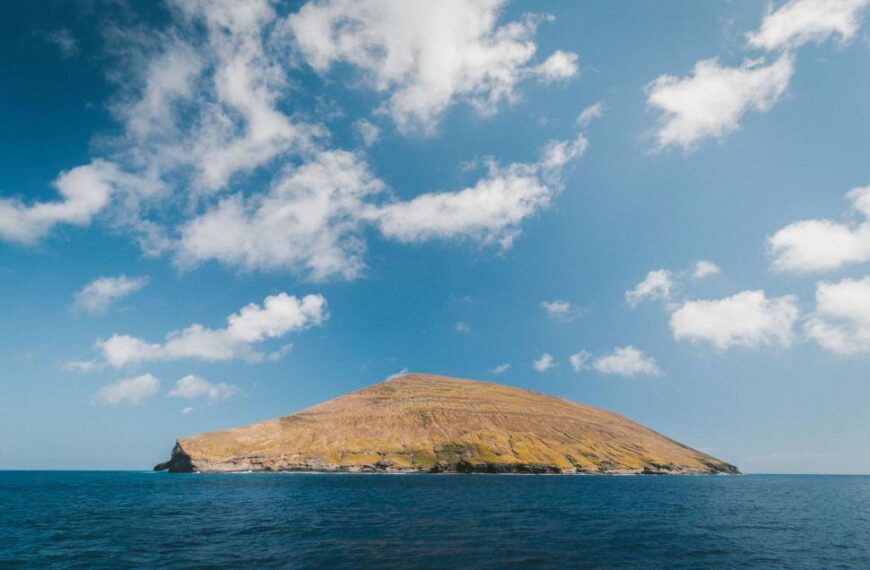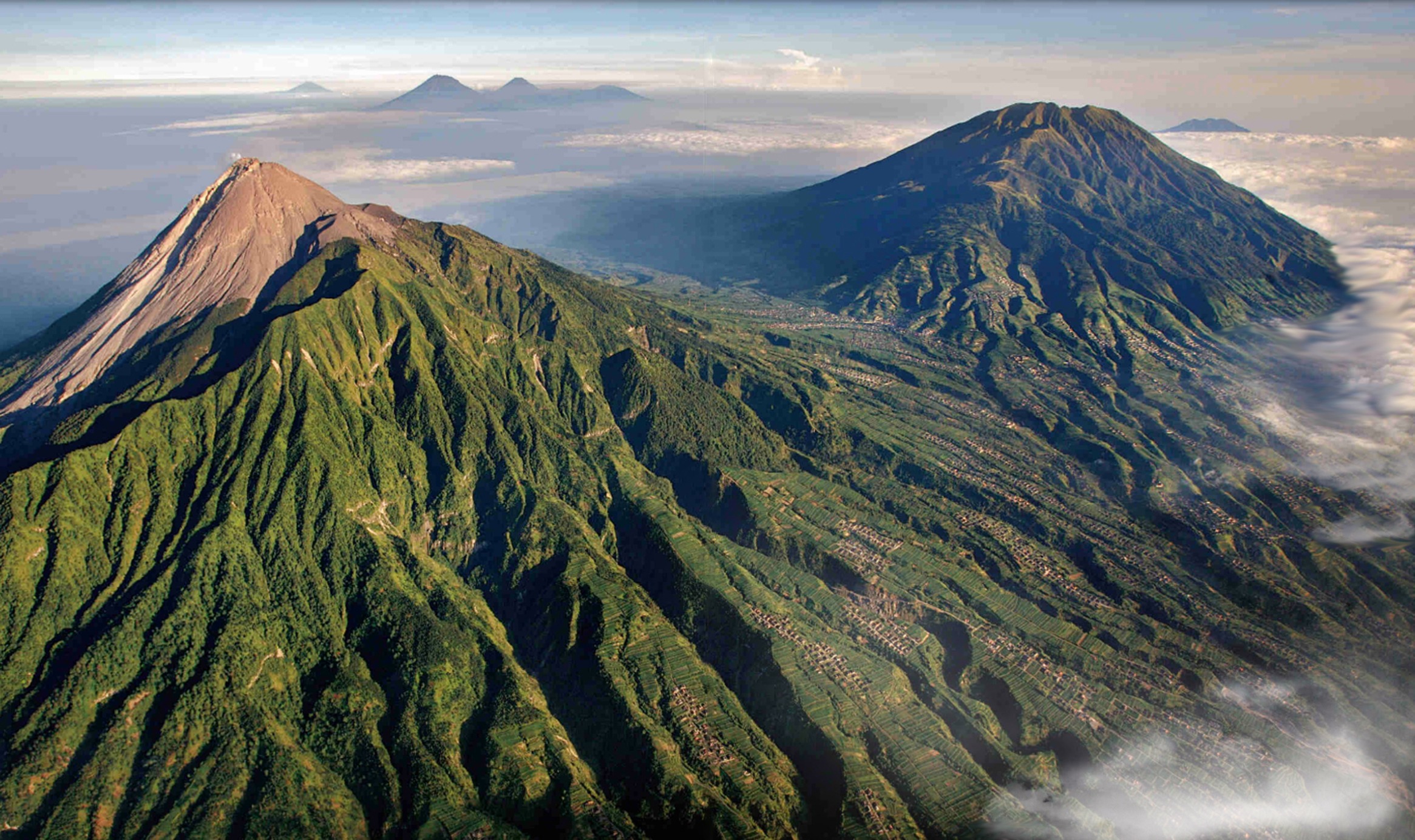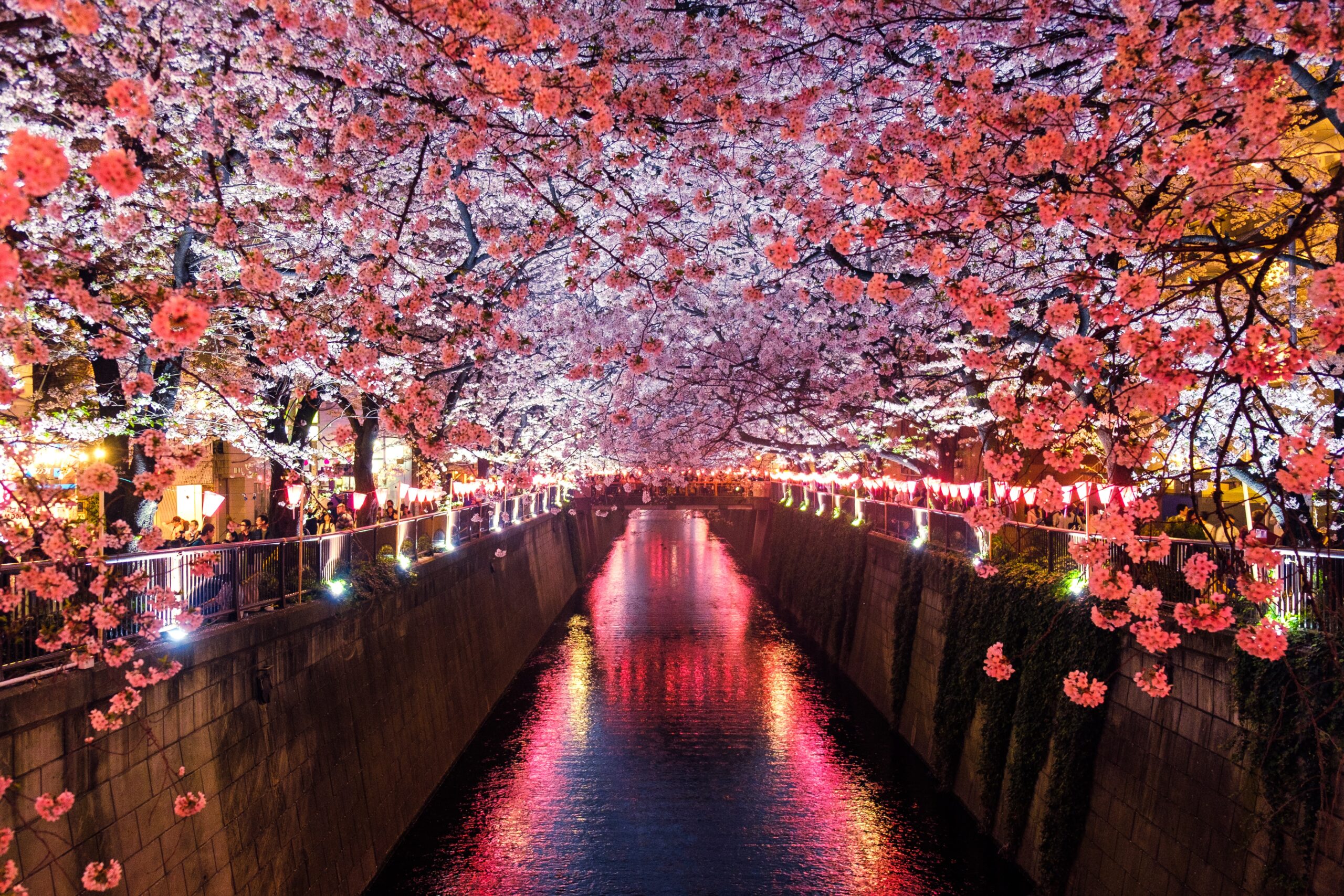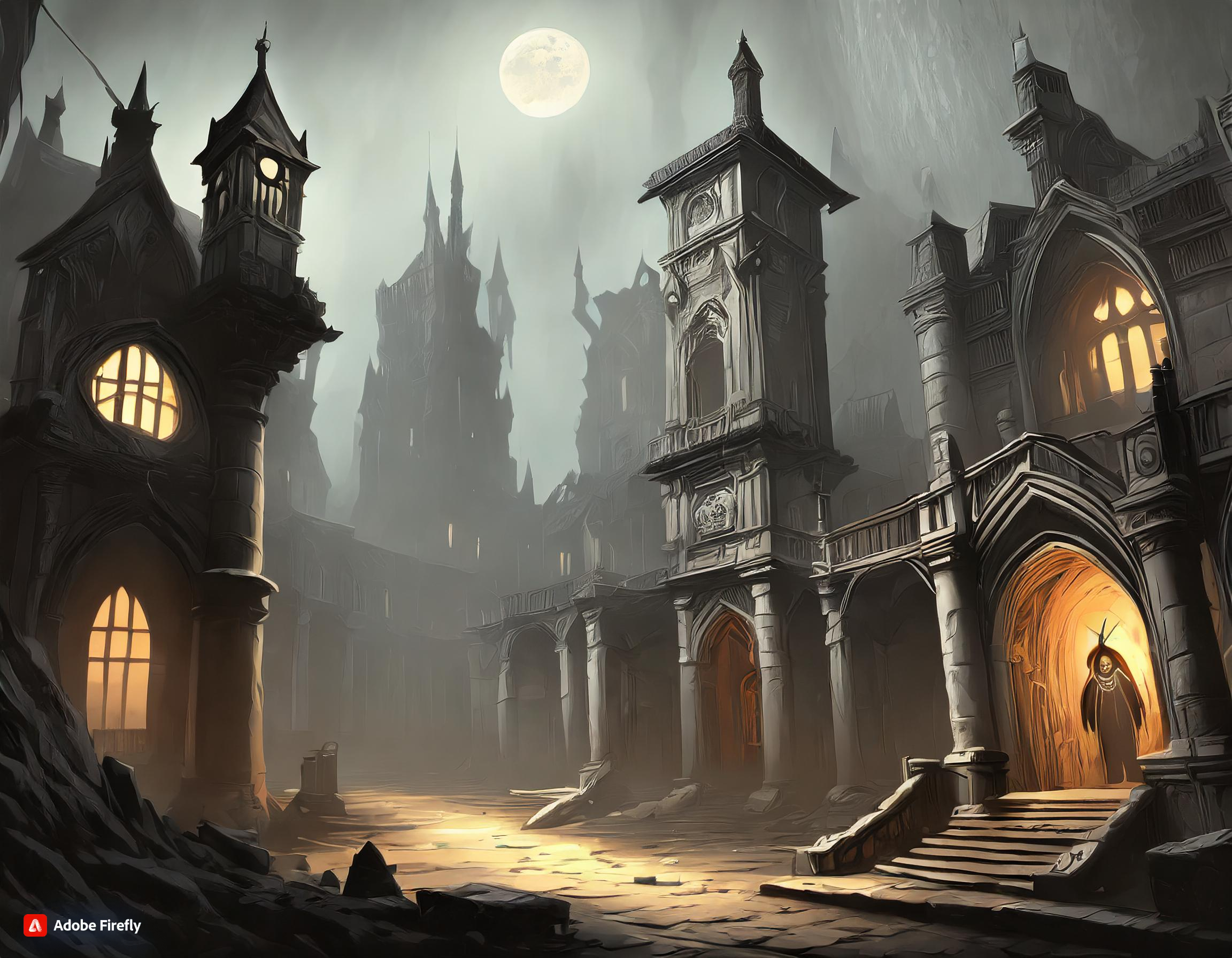When we think of iconic landmarks around the world, we often associate them with the country we assume they belong to. But geography loves to surprise us. Some of the world’s most famous tourist spots are actually not located where most people think they are. In fact, a few are in entirely different countries altogether!
From misplaced mountains to misunderstood monuments, here are some famous tourist attractions that are actually in the “wrong” country—at least according to public perception.
1. Mount Everest – Not in Nepal (Entirely)
Ask anyone where Mount Everest is, and the default answer will likely be “Nepal.” While that’s not entirely wrong, it’s also not entirely right. The world’s highest peak actually sits right on the border between Nepal and China (Tibet Autonomous Region).
Most tourists approach the summit from the Nepalese side (via Everest Base Camp South), which is why Nepal gets most of the glory. But the northern side of Everest is in Tibet, and China has its own base camp there. So technically, Mount Everest is a shared giant.
2. The Statue of Liberty – Not in New York
Yes, the Statue of Liberty is New York’s most iconic landmark—but it doesn’t actually sit within New York state boundaries. It’s located in New Jersey waters.
Specifically, Liberty Island is under the jurisdiction of New York, but it lies on the New Jersey side of the Hudson River. This has been the subject of border debates, legal disputes, and local pride battles for decades. So while NYC claims her as its own, geographically speaking, Lady Liberty’s feet are technically in New Jersey.
3. Niagara Falls – Not Just in the United States
Niagara Falls is one of North America’s biggest tourist magnets. Many travelers think of it as a U.S. landmark, but some of the most spectacular views are actually on the Canadian side.
In fact, the Horseshoe Falls—the largest and most impressive of the three falls—is mostly in Canada. The American Falls and Bridal Veil Falls are on the U.S. side, but if you’re after the postcard-perfect panorama, head across the border to Ontario.
4. The Blue Lagoon – Not in Reykjavik
Iceland’s world-famous Blue Lagoon is often marketed as a must-do Reykjavik day trip. But here’s the catch—it’s not in Reykjavik at all.
It’s actually located in Grindavík, about 50 km (30 miles) away from the capital, on the Reykjanes Peninsula. While the distance isn’t massive, this geothermal spa isn’t part of the city limits. Tourists often assume it’s a quick urban stop, but it’s a destination of its own, nestled in a lava field.
5. Neuschwanstein Castle – Not as German as You Think
This fairy-tale castle is a German icon—and rightfully so. But what many don’t realize is that it was heavily inspired by French architecture and built for a king with Austrian ties (King Ludwig II of Bavaria). Some even say it looks more like something out of Disney World than a traditional German fortress.
Located in southern Bavaria, just a stone’s throw from the Austrian border, the castle blends multiple cultural influences. So while it’s firmly planted in Germany, its design and story belong to several “countries” at once.
6. Moai Statues of Easter Island – Not in Polynesia (Technically)
The famous Moai statues of Easter Island are often associated with Polynesian heritage and remote island mystique. That’s true—but what surprises many is that Easter Island is politically part of Chile, a South American country over 3,500 km (2,200 miles) away.
So, while the cultural roots are Polynesian, the administrative and national identity is Chilean. Tourists flying in may expect a South Pacific paradise, but they land in what is legally a remote outpost of South America.
7. The Hagia Sophia – Not in Europe
Istanbul is a city famously split between two continents, and the Hagia Sophia—one of the most visited and iconic landmarks—lies on the Asian side of the Bosphorus Strait.
Many travelers assume it’s part of “European” Istanbul because of its architectural grandeur and Western-facing history. But nope—Hagia Sophia sits squarely in the Asian half of the city, proving once again that geography doesn’t always follow perception.
8. Aconcagua – Highest Peak Outside Asia, Not in the Andes You Think
Most people associate the Andes with countries like Peru, Ecuador, or Colombia. But the highest peak in the Andes (and outside Asia)—Aconcagua—is actually in Argentina, not in any of the more famous “Andean” travel destinations.
Aconcagua rises to 6,961 meters (22,838 ft) and is a climber’s dream, but it’s often overlooked in travel circles due to its less “Instagrammable” surroundings. Still, it’s a geographical gem worth visiting.
9. The Pyramids of Giza – Not in the Middle of the Desert
While not a country misplacement, this one is a classic tourist misconception. People imagine the Pyramids of Giza as being isolated in the heart of Egypt’s endless sands. In reality, they are on the edge of Cairo’s urban sprawl, practically surrounded by roads, houses, and restaurants.
You can literally sit at a Pizza Hut across the street from the Sphinx and take a selfie with the pyramids in the background.
Final Thoughts
Geography isn’t always as simple as pinning a location on a map. Borders shift, territories blend, and popular perception often oversimplifies complex locations. These iconic spots remind us that sometimes, what we think we know about a place might be just a bit off.
Next time you plan your travel bucket list, take a closer look at the map—you might be surprised where your favorite landmarks really are!

